
Ukraine awards licence to Chernobyl spent fuel facility, supported by the EU
Ukraine has granted an operating licence to the Interim Spent Fuel Facility 2(ISF-2) at the Chernobyl nuclear power plant. On the 35th anniversary of the nuclear accident, President Volodymyr Zelensky signed a decree permitting the operation of the new plant, which has been financed by the international community and the European Bank for Reconstruction and Development (EBRD).
The ISF-2 is a key project in the decommissioning of the Chernobyl site, as it will provide safe and secure storage for the more than 21,000 spent fuel assemblies of Chernobyl reactors 1, 2 and 3, currently stored in an ageing facility. In the coming years, they will be transported to the ISF-2, where they will be processed, packaged in double-walled canisters and stored in concrete modules.
“The safe storage of the spent nuclear fuel is crucial in creating a safe and secure environment”, said Balthasar Lindauer, EBRD Director, Nuclear Safety.
The ISF-2 is the largest dry spent fuel storage facility in the world and has a minimum lifespan of 100 years. The facility cost €400 million and was financed with contributions from the European Union, EU member states, Ukraine and other countries.
The EBRD manages the international donor community’s funds to transform Chernobyl into a safe and secure environment and has also made financial contributions to this effort. Today, on 27 April, the first assembly meeting of its new International Chernobyl Co-Operation Account takes place.
Find out more
MOST READ
SEE ALSO
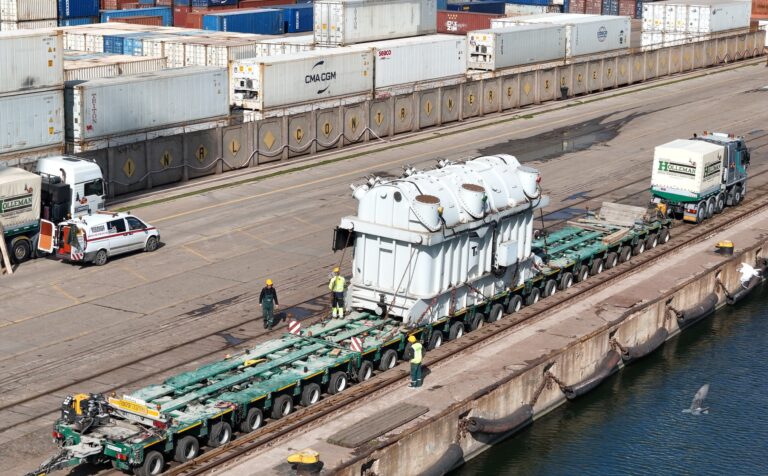
EU Civil Protection Mechanism delivers powerful transformer to Ukraine
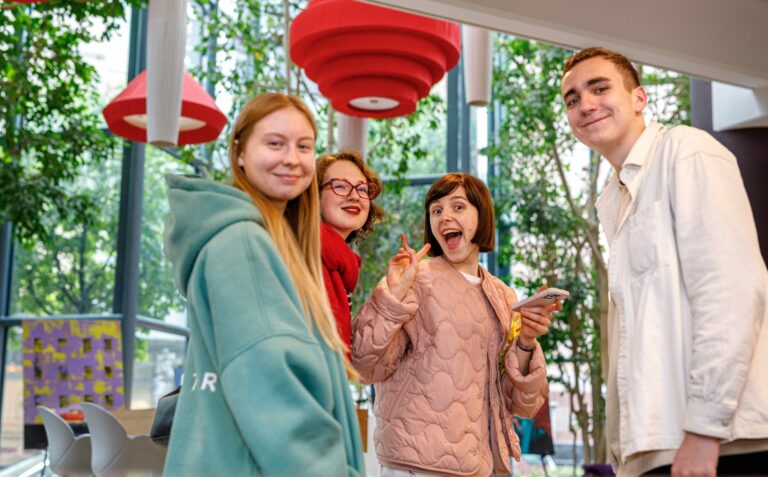
Voice Your Vision: Young European Ambassadors take part in European Forum of Young Leaders in Warsaw
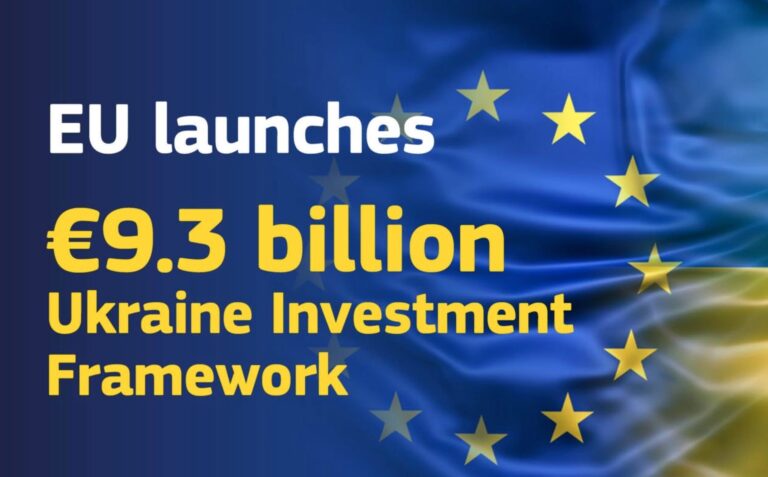
Investments for recovery: EU sets up Investment Framework under its Ukraine Facility
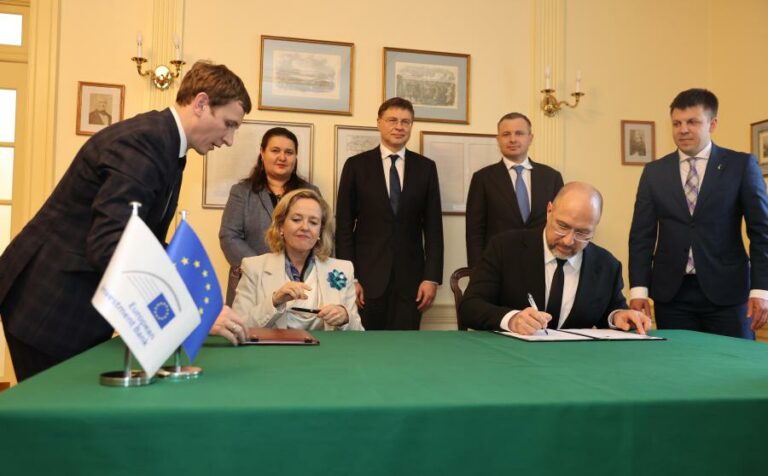
EIB and Ukraine Government to accelerate deployment of financial support and project execution on the ground
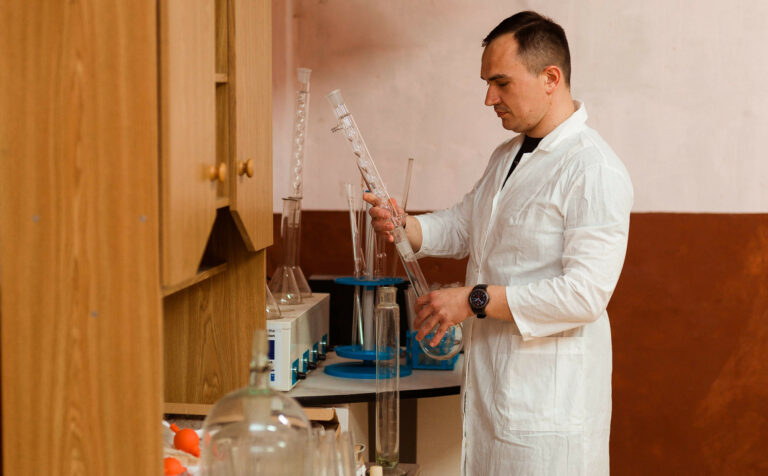
EU allocates extra €10 million to support researchers from Ukraine under Horizon Europe
More campaign pages:
Interested in the latest news and opportunities?
This website is managed by the EU-funded Regional Communication Programme for the Eastern Neighbourhood ('EU NEIGHBOURS east’), which complements and supports the communication of the Delegations of the European Union in the Eastern partner countries, and works under the guidance of the European Commission’s Directorate-General for Neighbourhood Policy and Enlargement Negotiations, and the European External Action Service. EU NEIGHBOURS east is implemented by a GOPA PACE-led consortium. It is part of the larger Neighbourhood Communication Programme (2020-2024) for the EU's Eastern and Southern Neighbourhood, which also includes 'EU NEIGHBOURS south’ project that runs the EU Neighbours portal.

The information on this site is subject to a Disclaimer and Protection of personal data. © European Union,







